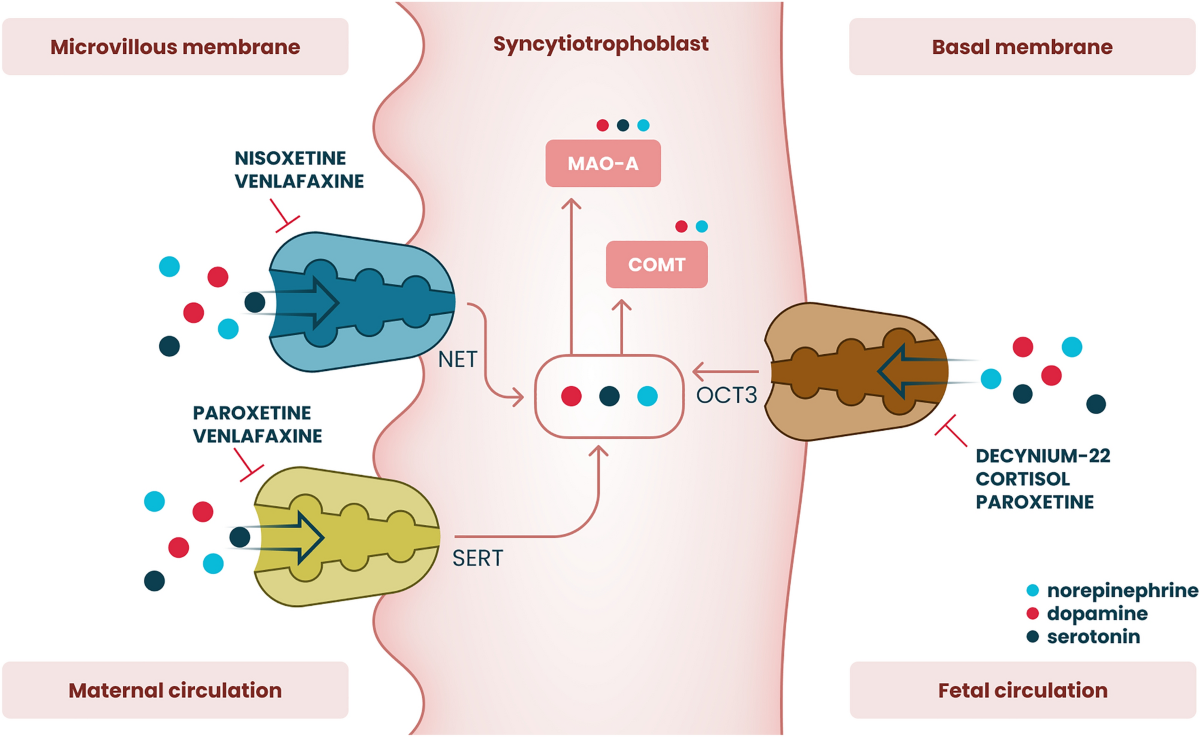Reference




OpenAI's Answer
Nisoxetine has been studied for its safety and mechanism of action, particularly its impact on norepinephrine uptake. Several studies have been conducted to evaluate its effects in humans.
-
Safety and Mechanism Studies: Initial preclinical studies in humans, conducted in 1976, were aimed at evaluating the safety and possible mechanisms of nisoxetine. The studies assessed its ability to block the uptake of norepinephrine, which is its primary mechanism of action (source).
-
Biochemical Studies: Biochemical research has demonstrated that nisoxetine effectively inhibits norepinephrine uptake, which is crucial for understanding its potential as a therapeutic agent. This mechanism has been primarily observed through studies using synaptosomes isolated from rat brains, providing insights into its effects on neurotransmitter regulation (source).
-
Clinical Effects: Additional studies have explored the physiological effects of nisoxetine in humans. For instance, one study found that it decreased blood pressure by a significant margin, amplifying the effects of noradrenaline infusion two- to eight-fold (source).
These studies highlight the focus on understanding nisoxetine's pharmacological effects, particularly its ability to modulate norepinephrine levels in the nervous system. If you are interested in a deep dive into these experiments, accessing full scientific articles from scholarly databases could provide more detailed methodologies and outcomes.
Follow Up
Related
Which organizations have provided guidelines or conducted surveillance on Creutzfeldt-Jakob disease
What criteria were used to award the Distinguished Conduct Medal?
What are the specifications of the hydrographic survey ships listed?
What were the main activities conducted at the Center S spy post?